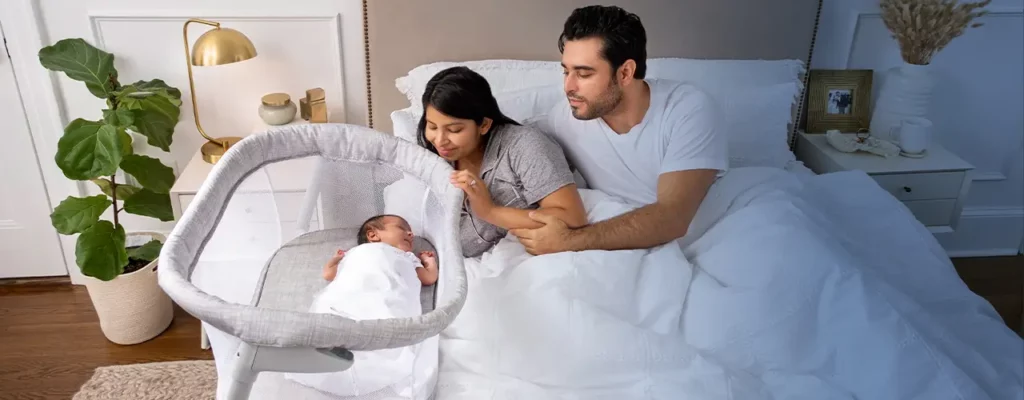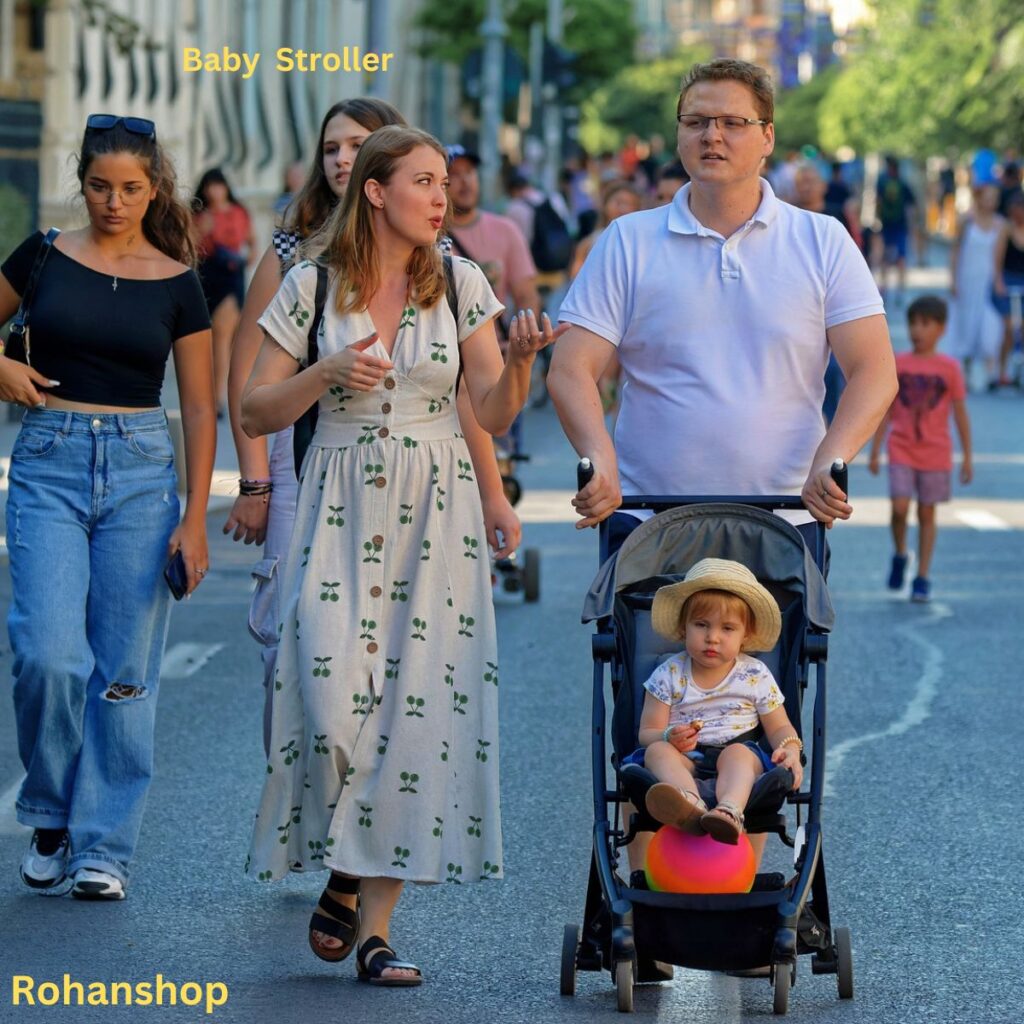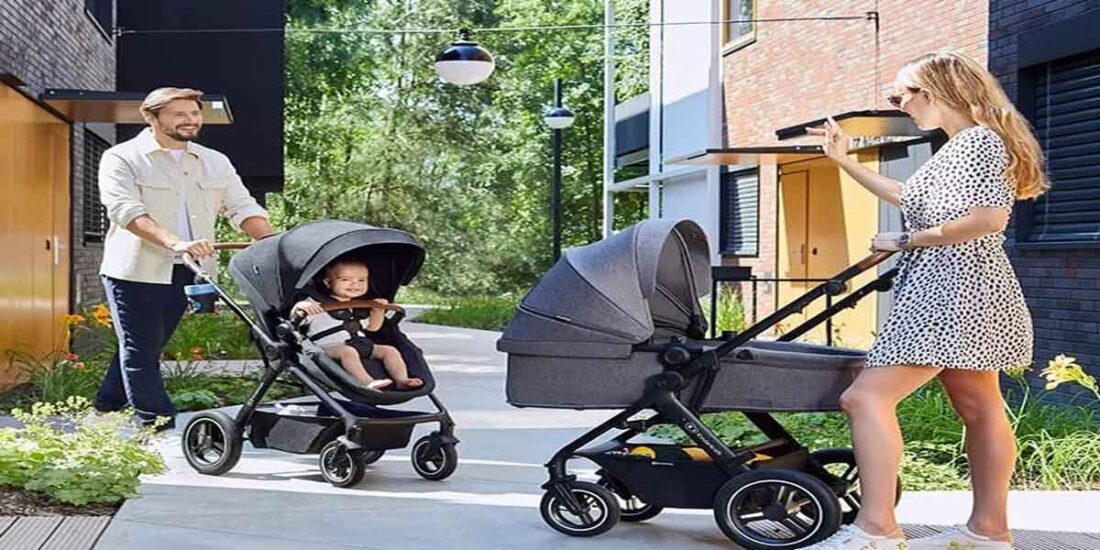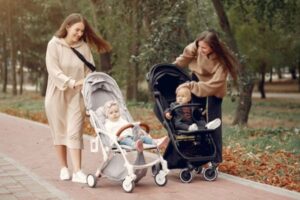To remove a car seat from its base, lift it straight up and out while holding the handle located on the seat upright. Refer to the owner’s manual for specific instructions.
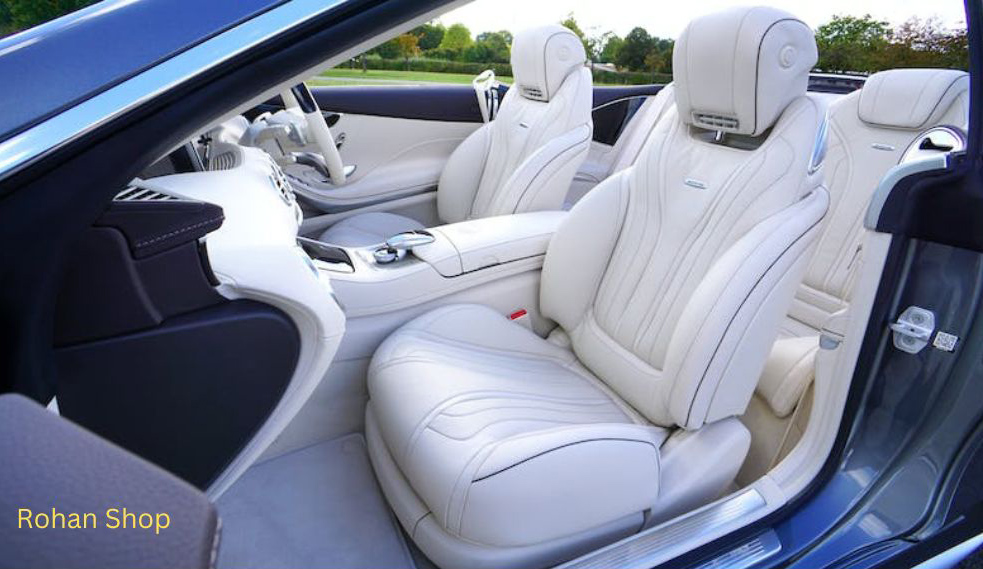
Removing a car seat from its base is a necessary task when transporting young children. Whether you’re installing a new car seat or transferring it to another vehicle, knowing how to properly remove the seat from its base is essential.
This blog will guide you step by step on how to remove a car seat from its base. Follow the steps outlined below to safely remove a car seat and ensure the transportation of your child remains secure and comfortable.
What is The Car Seat Base
Understanding the car seat base is important for properly installing and removing the car seat. The car seat base is the foundation of the car seat and provides stability and security for the seat. That’s why it is important to know the anatomy of the car seat base to ensure its proper usage.
The car seat base typically consists of a latch system, which allows for easy installation and removal of the car seat. The latch system securely attaches the car seat base to the vehicle’s seat using anchors and straps. Additionally, the car seat base may have adjustable features such as a recline angle or a height adjustment to provide comfort and safety for the child.
Properly installing and removing the car seat from the base is essential for the safety of the child. To remove the car seat from the base, you may need to press a release button or lever, depending on the model. It is important to follow the manufacturer’s instructions for proper removal to avoid any damage to the car seat or base. Always refer to the manufacturer’s instructions for specific guidelines on removing the car seat from the base.
Preparations how to Remove Car Seat from Base
When it comes to removing a car seat from its base, there are a few important steps to follow. First, it’s crucial to check for safety guidelines and instructions provided by the car seat manufacturer. This ensures that you are removing the car seat correctly and safely.
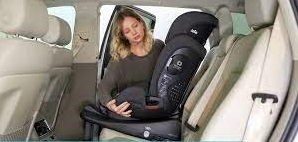
Next, gather the necessary tools, such as pliers or any required equipment, to detach the car seat from the base. These tools can help make the removal process easier and more efficient.
Once you have the necessary tools, it’s important to secure the vehicle to prevent any movement or accidents. Ensure the car sits in a stable position and activate the parking brake. This provides a stable environment for removing the car seat from its base.
By following these steps, you can safely remove a car seat from its base without any hassle or risk to you or your child’s safety.
1. Adjusting the Car Seat Harness
When it comes to removing a car seat from its base, there are a few steps you need to follow. First, you’ll need to adjust the car seat harness. This involves loosening the harness straps by pulling the adjuster strap towards the front of the car seat. Next, you’ll need to release the chest clip by pressing the button and pulling the two sides apart. Finally, you can adjust the shoulder straps by either sliding the adjuster strap up or down or by rethreading the straps through the appropriate slots.
2. Locating the Car Seat Base Release Mechanisms
When it comes to removing a car seat from its base, it is important to first locate the release mechanisms. Different car seat models may have different types of release mechanisms, such as buttons or levers. These mechanisms are usually located at the back or sides of the car seat base.
To remove the car seat, identify the release buttons or levers. Press or pull these buttons or levers, depending on the type of mechanism, while lifting the car seat straight up and out of the base. Make sure to hold the handle upright while lifting.
However, it is important to follow the manufacturer’s instructions to ensure proper removal and reinstallation of the car seat.
3. Releasing the Car Seat from The Base
To remove a car seat from the base, simply follow these steps: lift the seat straight up and out, holding the handle in the upright position. Check out videos on YouTube or read tutorials for specific car seat models for a step-by-step guide.
While removing a car seat from its base, it is important to understand the release mechanism and proper lifting technique. Engaging the release mechanism is the first step in removing the car seat. You can do this by finding the lever or button that activates the release mechanism. Once located, simply press or pull the lever/button to disengage the car seat from the base. Moreover, it is important to lift the car seat straight up and out of the base to avoid any damage or difficulties.
Lifting the car seat from the base requires using the handle or designated lifting points to ensure a secure grip. That’s why hold the handle firmly and lift the car seat straight up, keeping it parallel to the ground. Avoid any twisting or tilting motions as this can affect the safety and stability of the car seat. When you lift the car seat from the base, place it in a secure location until you’re ready to reinstall it or use it in another vehicle.
4. Double-checking for Secure Removal
When it comes to removing a car seat from its base, double-checking for secure removal is essential. Ensuring that the car seat is fully detached is crucial for safety. One way to do this is by verifying a smooth release without any obstruction. Carefully lift the car seat straight up and out, holding the handle securely. Double-checking for secure removal and ensuring a smooth release, you can safely remove the car seat from its base.
5. Storing the Car Seat Base
Storing the car seat base is an important step in maintaining its longevity. Cleaning and preparing the base for storage ensures that it is ready for future use. Start by thoroughly cleaning the base, and removing any dirt, crumbs, or spills. Use a mild detergent and warm water to clean the base, making sure to wipe it dry afterward.
Then choose an appropriate storage location. Hence store the car seat base in a cool, dry place to protect it from extreme temperatures and moisture. You should avoid storing it in direct sunlight or areas with high humidity. Finally, ensure that the base is stored in a way that it won’t get damaged or scratched. Moreover consider using a car seat storage bag or wrapping the base in a soft cloth or bubble wrap to provide an additional layer of protection. By following these steps, you can safely store your car seat base until its next use.
6. Reinstalling the Car Seat Base
Reinstalling the car seat base is as important as removing it, and it’s necessary for your child’s safety during transportation. Proper installation ensures that the car seat is securely attached to your vehicle, minimizing the risk of accidents and injuries. Follow these essential steps to reinstall your car seat base with confidence:
- Aligning the base with the vehicle’s anchors: One important step in reinstalling the car seat base is properly aligning it with the vehicle’s anchors. These anchors are typically located in the rear seat of the car and are used to secure the base in place. To align the base, make sure the base is parallel to the vehicle seat and centered within the vehicle. Ensure the vehicle’s anchors are properly aligned with the base’s connectors. It is crucial to ensure a secure and snug fit to maximize the safety of the car seat.
- Properly securing the base in the vehicle: Once you have aligned the base with the vehicle’s anchors, it is important to properly secure the base in the vehicle. Follow the manufacturer’s instructions to ensure you are using the correct installation method for your car seat model. This may involve using the vehicle’s seat belt or the LATCH system. Make sure the seat belt or LATCH strap is securely fastened and tight.
You need to check for any excessive movement or looseness in the base. The base should be stable and not shift more than an inch side to side or front to back. Double-check that all the connectors are properly engaged and locked in place. Regularly inspect and adjust the base as needed to ensure continued safety and proper installation.
Final Thought
If you made it here you have the proper idea of How to Remove Car Seat from Base, right? It is a quick and simple process that ensures the safety of your child. By following the proper steps and utilizing the necessary precautions, you can easily detach the car seat from the base and remove it from your vehicle.
You must refer to the specific instructions provided by your car seat’s manufacturer for the best results. Hence you can ensure that your child is always safely secured in their car seat.
Frequently Asked Questions
How Do You Remove a Car Seat from A Car?
To remove a car seat from a car, lift it straight up and out, holding the handle. Refer to the owner’s manual for specific instructions. Using pliers to wiggle and push down can make it easier. Watch online videos for step-by-step guides on removing specific car seat brands.
How Do You Get Nuna Pipa Out of Base?
To remove the Nuna Pipa car seat from its base, Simply lift the seat straight up and out. Hold the handle in the upright position while removing it.
How Do I Unhook My Evenflo?
To unhook your Evenflo car seat, lift it straight up and out while holding the handle. Refer to the owner’s manual for proper installation and removal instructions.
Should Car Seats Move to the Base?
Car seats should not move in the base. They should be securely attached to ensure maximum safety.
How to Remove Car Seat from Base: 6 Quick & Easy Steps Read More »






